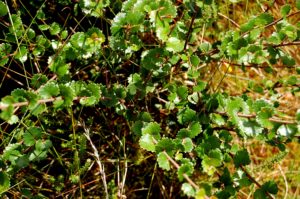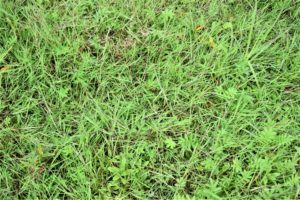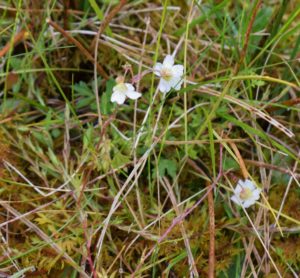2020 County Report for South Northumberland
John Richards
As would be expected, lockdown prevented group activities. However, a very active email group was set up for local Botanists through the Botanical Group of the Natural History Society for Northumbria, and through this many records were received and logged, some of very considerable interest (see below).
During the summer, relaxed constraints permitted some individual field surveying which helped Northumberland Wildlife Trust with their Revitalising Redesdale project, and a new initiative set up habitat recording with members of Northumbria Natural History Society in their Gosforth Park reserve. Well over 50 new species and a number of re-finds have been recorded there so far. A large number of missing hectad/tetrad records of common species were successfully chased up and the erroneous allocation of some records to vc 67 corrected.
Recording continued in some underworked areas of the county, particularly post-industrial sections of the coast, and the Otterburn Ranges. Two of our rarest and most nationally significant species, Crepis mollis and Myosotis stolonifera were the targets of detailed surveys, resulting in the discovery of several new sites for each. Previous locations for the nationally rare alchemillas A. subcrenata and A. acutiloba were successfully rediscovered, and a lost population of A. glomerulans was re-established, using propagated material from the original site.



